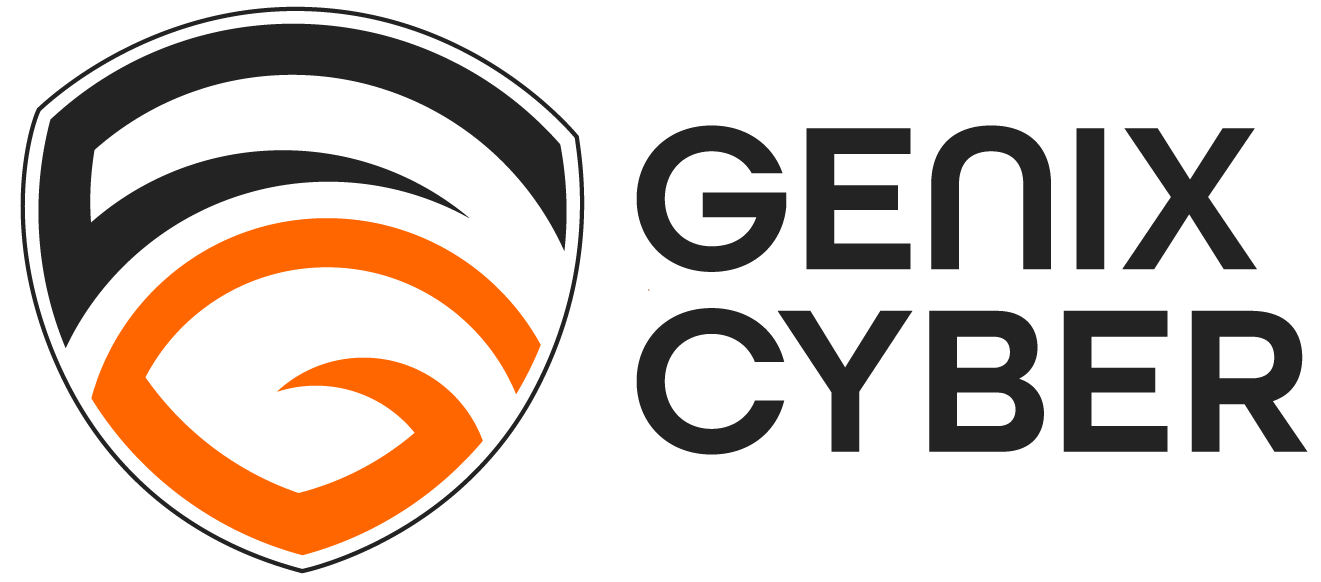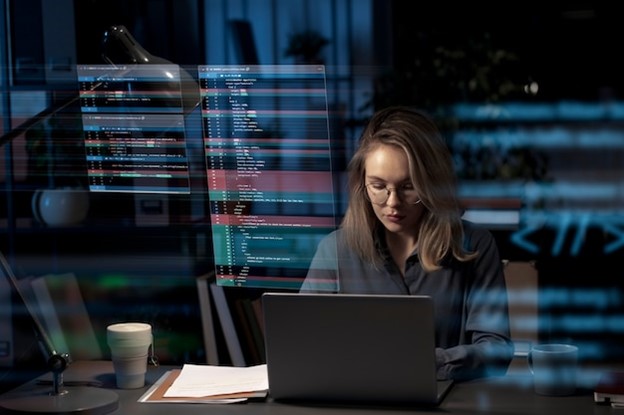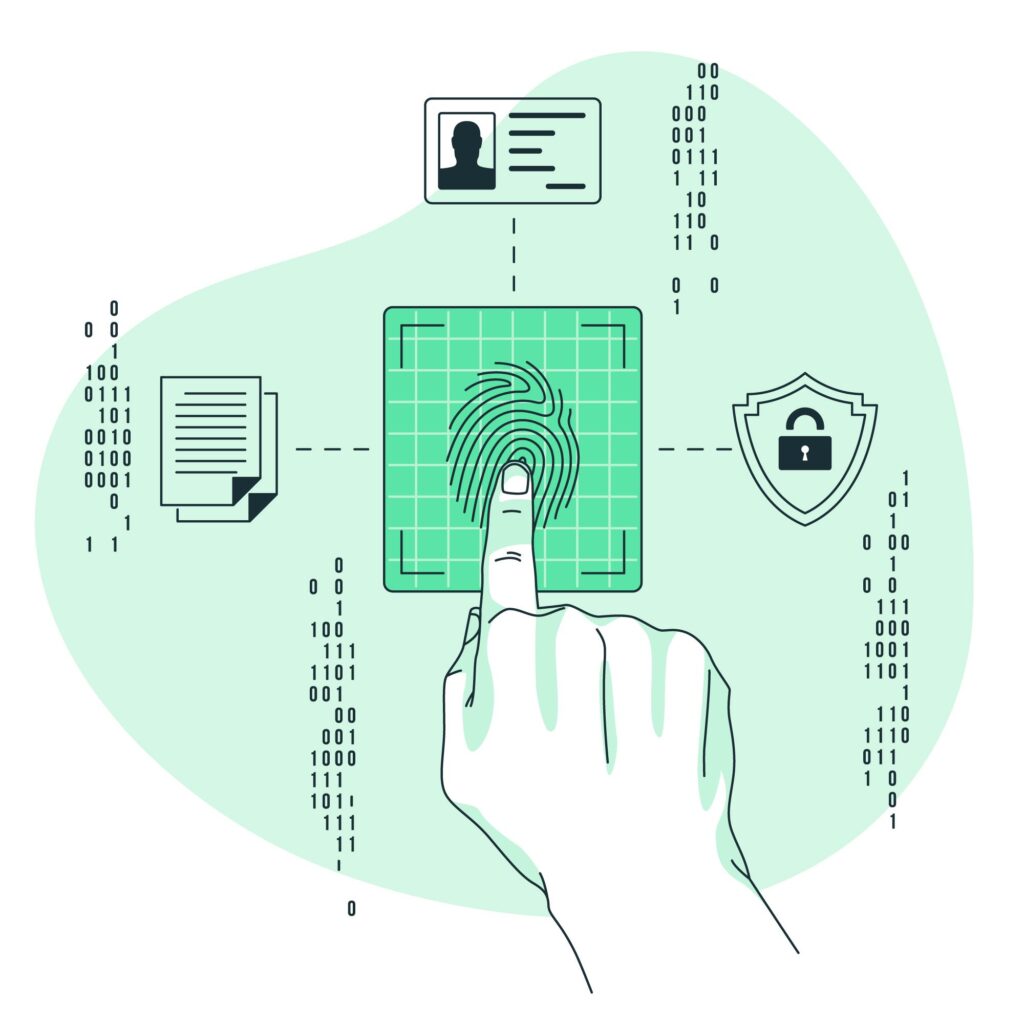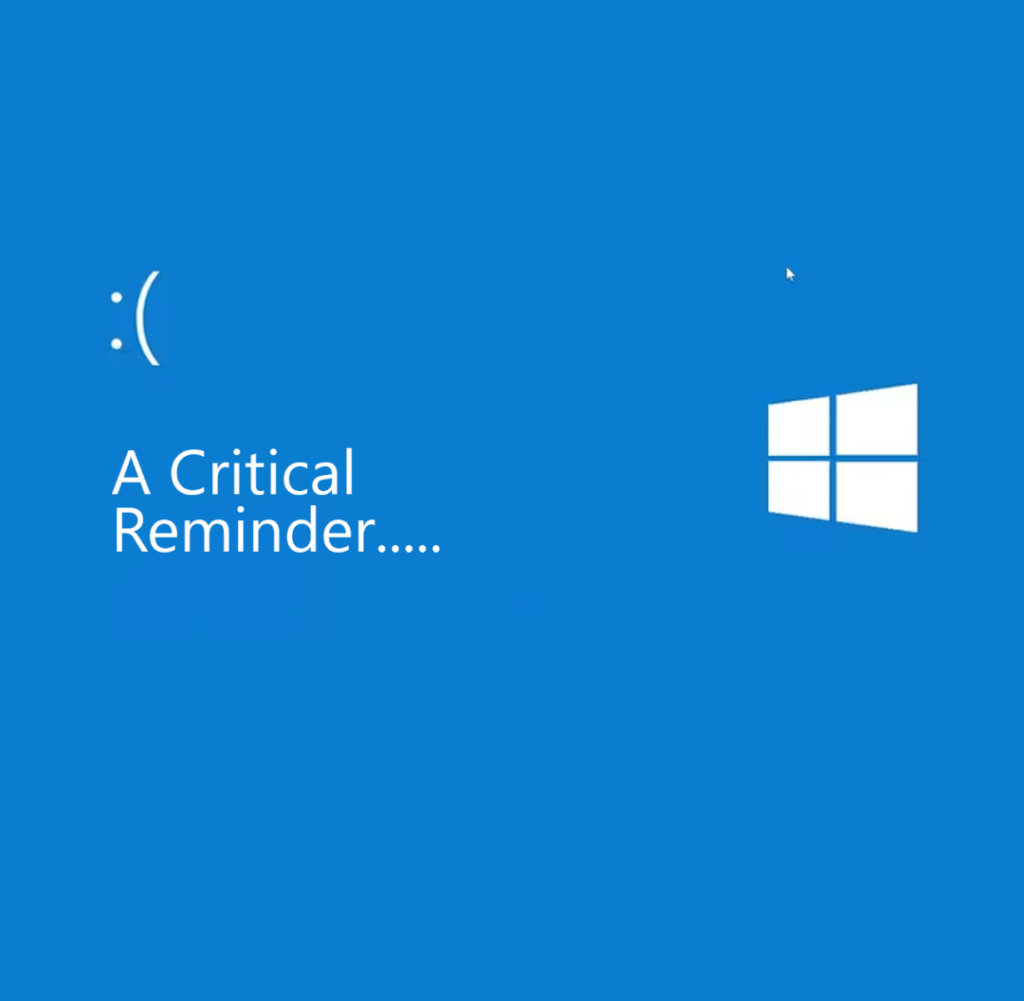According to Microsoft, education is globally the sector most vulnerable to threats like malware, accounting for more than 6.8 million (over 63%) of total reported encounters in early 2022.
Why do cyber attackers target educational institutions in particular? Let us discuss it in detail.
Educational Institutions – A Soft Target for Cyberattackers?

According to a recent news report, U.S. educational institutions are increasingly being targeted by ransomware attacks. Despite enhanced cyber defenses, the article highlights that some schools have not been proactive in responding to cyber-attacks. The lack of dedicated cybersecurity personnel and budget for advanced security defenses are said to be the primary reasons.
This is precisely the situation in many educational institutions worldwide. Compared to the corporate sector, they are less equipped in cybersecurity awareness and technologies to fight cyber threats, making them soft targets for cyber attackers.
Why do Cyberattackers Target Educational Institutions?
- They have sensitive data: Just like other public and private establishments, educational institutions collect and store personal information of students, faculty, staff, etc. The information may include sensitive data like SSNs, Addresses, Contact numbers, etc. Imagine this data in the hands of cyber attackers. They can misuse this data for identity theft and other such crimes.
- Not well equipped or defended: As highlighted above, it is clear that many educational institutions do not have the necessary technology or the awareness to identify and prevent cyberattacks. Unfortunately, this vulnerability is exploited by cyber attackers very easily.
- Large Attack Surface: The sheer number of people accessing the networks, websites, and computer systems of the institutions makes them extremely vulnerable to cyberattacks. Most of the people accessing these systems lack awareness about cybersecurity. Hence, networks of educational institutions are highly prone to malware attacks.
- They are a Source of Pride: Cyber-attacks are launched for many reasons. One of them can be to tarnish the reputation of a particular institution. Institutions are bound by certain regulations and laws to safeguard the data of students, faculty, and staff. Cyberattacks and data leaks lead to a loss of trust in the institution by the public.
Cybersecurity Laws and Regulations Governing Educational Institutions:
The Family Educational Rights and Privacy Act (FERPA): It is a federal law that protects the privacy of student educational records. FERPA requires educational institutions to obtain parental consent before disclosing student records and to take steps to protect the security of student records.
The Cybersecurity Act of 2015: The Cybersecurity Act of 2015 is a federal law that requires the Department of Homeland Security to develop a cybersecurity framework for critical infrastructure sectors, including education. The framework guides how to improve cybersecurity practices.
The Cybersecurity and Infrastructure Security Agency (CISA): CISA is a federal agency that is responsible for coordinating the federal government’s efforts to protect critical infrastructure from cyberattacks. CISA provides resources and guidance to educational institutions on how to improve their cybersecurity posture.
Cybersecurity Measures to be Implemented in Educational Institutions:

- Strong Password Policies:
Every person within the institution should use strong passwords, change them regularly, and use different passwords across accounts or applications. This reduces the risk of targeted cyberattacks.
- Use Multi-Factor Authentication (MFA):
As the name suggests, MFA involves additional layers of security such as phone codes or biometric authentication to ensure that only authorized people access the institution’s resources.
- Update Software Regularly:
Regular software updates are a mandate to ensure security patches are in place to protect the network and the systems against cyber threats.
- Implement Security Tools and Software:
Educational institutions should invest in security tools and software that help them assess and fix vulnerabilities, block suspicious traffic, and encrypt data for high protection.
- Educate Faculty, Staff, and Students about Best Cybersecurity Practices:
It is highly important to educate students and staff on how to identify phishing emails, create strong passwords, and escalate incidents or suspicious activities.
- Have a well-crafted Incident Response Plan:
A proper incident response plan will outline how institutions should communicate with the students, faculty, and staff when a cyber incident takes place, how the systems and data are to be restored, and how the investigation should be carried out.
- Partner with outside organizations:
Educational institutions can partner with cybersecurity providers to ensure end-to-end implementation of solutions, training of respective stakeholders, and respond to cyberattacks proactively.
MetroMax Solutions – Your Trusted Cybersecurity Partner
Speak to our expert today for customized Identity and Access Management (IAM) solutions.





